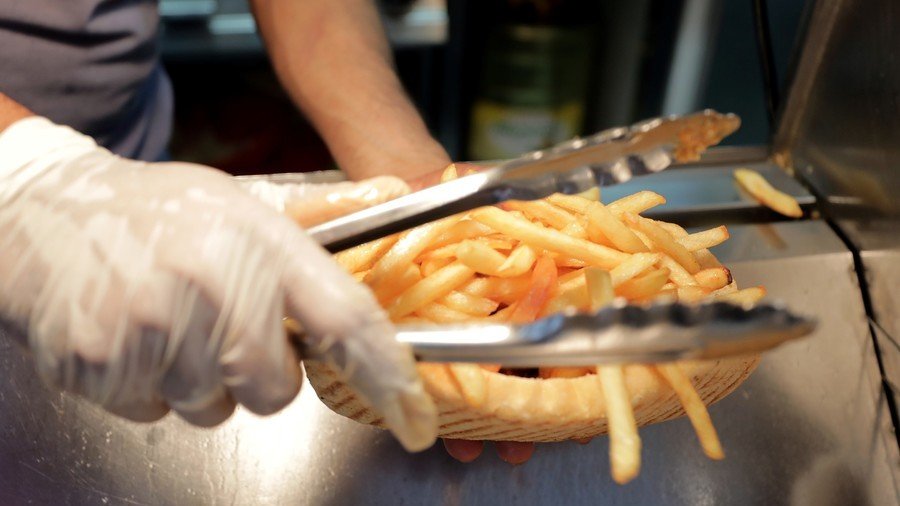Take one for the team: Could eating fat-filled fried food save the planet?

They’re deliciously high in calories and they wreak havoc on your waistline but fatty foods may be an unlikely ally in the fight against rising temperatures.
The by-product of preparing mouthwatering fatty foods has contributed to about 10 percent of emissions in the United Kingdom, and brought about a novel way to fuel vehicles with chip oil.
But scientists from the University of Reading have now released a paper exploring the impact of cooking fats on the climate and the creation of a cloud canopy.
Published in the Nature Communications journal, the study states that acids released during the deep fat frying process, for example, may be enhancing the formation of cooling clouds. While it’s unlikely that french fries or corn dogs could be harnessed to reverse rising temperatures, the new research suggests cooking such items does affect the environment.
Cooking fats in the atmosphere may affect climate more than previously thoughthttps://t.co/D2aR9csx8fhttps://t.co/YDnlXuQVoipic.twitter.com/c748eBPvoR
— Reading Uni News (@UniRdg_News) November 23, 2017
Lead author of the study, Dr Christian Prang, of the University of Reading, described how fatty acid molecules coat aerosols that mix with water vapour droplets to form clouds. He added that the acids also have a surprising impact inside condensation drops, which could in the long term lead to cooler temperatures in the surrounding environment.
“It is known that fatty acid molecules coating the surface of aerosol particles in the atmosphere may affect the aerosol’s ability to seed cloud formation. However, this is the first time scientists have considered what these molecules do inside of the aerosol droplet, and we have shown that they may be assembling into a range of complex, ordered patterns and structures. This means they may last longer in the atmosphere,” Prang said in a statement.
Dr Adam Squires from the University of Bath was also involved in the research. He compared the acids released during cooking to soap added to water.
“We know that the complex structures we saw are formed by similar fatty acid molecules like soap in water. There, they dramatically affect whether the mixture is cloudy or transparent, solid or liquid, and how much it absorbs, and raises challenges in understanding what these cooking fats are really doing to the world around us,” he said.
It’s a relatively new area of research, but it suggests, indulging in an occasional fried takeout, could have previously unheard of environmental benefits.












